California Management Review
California Management Review is a premier professional management journal for practitioners published at UC Berkeley Haas School of Business.
Xin Wang and Z. Justin Ren
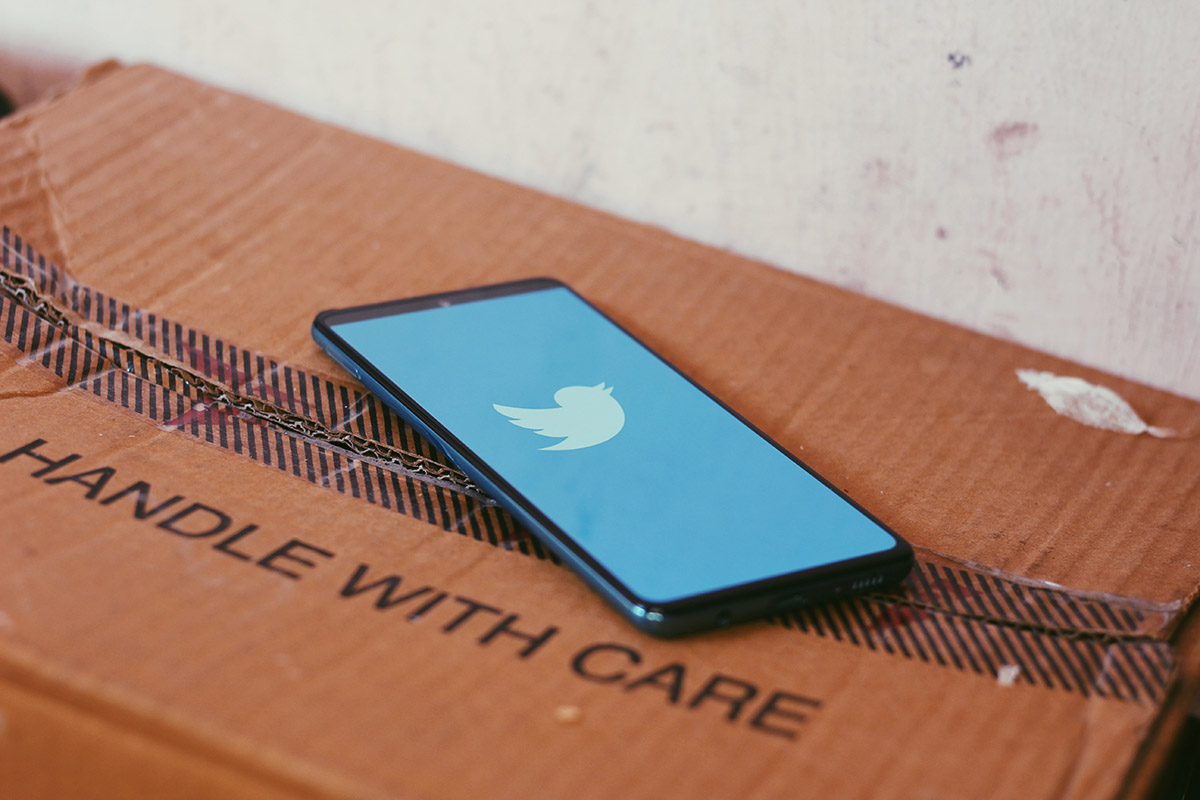
Increasingly, consumers are basing their purchase decisions on social causes they care about, whether it is social justice, diversity and inclusion, or environmental sustainability. To connect with consumers, companies have started to incorporate social-cause-oriented messages in their marketing.
However, for many companies, promoting social causes on social media has proven counterproductive and caused long-term damages. Think the recent social media backlash at Tatte, a popular cafe chain in the US. Its founder posted social media messages supporting Black Lives Matter, only to be rejected and criticized by its own employees. They pointed out that the chain itself has a discriminatory and toxic culture against minority groups, which was further exacerbated by the founder’s own offensive remarks and actions. Under such a social media revolt, its founder eventually had to resign, which gave a black eye to the company.
This post explores how companies should communicate and commit to social causes. tCcompanies will not gain much by treating social causes the same as other product-related advertising messages to promote on social media. In many cases, marketing social causes on social media actually hurt the company.
Many companies and organizations now use social media to publicize their stance on a social cause. They hope that those messages may increase brand awareness and generate favorable brand perception by consumers. However, the result, if any, is short-lived, even for the big name brands who are good at creating successful commercials. In the world of social media, this approach brings more trouble down the road.
Take Nike as an example. On September 7, 2018, Nike launched the video ad Dream Crazy to mark the start of the NFL season and celebrate the 30th anniversary of the tagline “Just Do It.” which causes a great deal of controversy. The ad partnered with Colin Kaepernick, who started in 2015 to kneel for the pre-game national anthem in protest at racial injustice.
Nike’s Dream Crazy ad turned protest coverage on its head. The two-minute video featured world-famous athletes like Lebron James, Eliud Kipchoge, The US Soccer’s women’s national team, Serena Williams but more rising stars who persevered to overcome incredible adversities, such as Nyjah Huston, Isaiah Bird, and Megan Blunk.
Based on 5089 tweets collected within only a few hours of the campaign launch, many viewed the ad as a marketing tool, and considered the commercial successful, and the message thoughtful and inspiring.
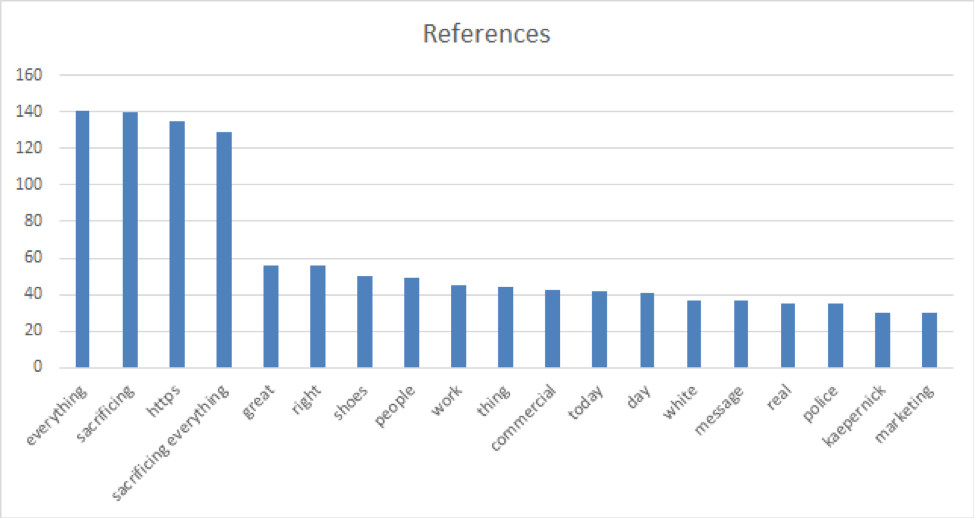
Figure 1: Top Themes in Twitter Data 2018
The campaign caused very divided responses online and offline. The sentiment of the tweets was very much divided, with positive and negative tweets representing almost half of the data. (Table 1). Many responded to the ad by burning Nike sneakers and boycotting Nike’s products days after the ad release. In explaining why the ad worked, Phil Knight said, “You can’t be afraid of offending people. You can’t try and go down the middle of the road.”
| Reaction | # Tweets |
|---|---|
| Neutral | 2300 |
| Positive | 1371 |
| Very Positive | 527 |
| Moderately + | 844 |
| Negative | 1418 |
| Moderately - | 886 |
| Very negative | 532 |
Table 1: Sentiment Analysis of Twitter Data - September 7, 2018
By financial measures, The Dream Crazy campaign was successful: it yielded $163 million in earned media, and a $6 billion brand value increase, a 31% increase in sales. Nike’s stock price rose by 5%. Artistically, the creative won an Emmy Award for outstanding commercial in September 2019.
However, one year after Dream Crazy, Nike’s Just Do It campaign moved away from this social cause and its official account was inundated with other news. Out of more than 15000 tweets of #JustDoIt searches, the mentions of Kaepernick was mere 143 (Appendix 1). Today, the campaign was largely viewed as a failure because it did not create a lasting-impact on either advancing the social cause or enhancing its brand. This is further evidenced by the lackluster reception to the company’s most recent “For once, Don’t Do it” campaign. Many viewers find the ad disingenuous and even cynical. The ad only gathered a paltry 1 million views on Youtube in the three-month period since it was aired (compared to its own motivational “Never Too Far Down” ad, which was aired about the same time but garnered 117 million views). Media criticized Nike for having little involvement with Kaepernick after the Dream Crazy campaign. Nike’s termination of Allyson Felix over the company’s pregnancy policy caused another backlash.
Even for Nike, a company that has a long history of making social statements as a positioning strategy in the past, in the world of social media, this approach may no longer work.
Why didn’t those social-cause messages work for the benefit of the advertising companies? The reason is simple. If the social cause a company is advocating is not truly ingrained in the company’s culture and day-to-day operations, consumers and employees will be quick to point it out, and worse, the negative reactions will tarnish the brand and even jeopardize the long-term credibility of the company. The aforementioned Tatte is one such example. Such mis-alignment is also one of the key reasons that the Chief Diversity Officers (CDO) in many organizations do not stay for long. Those officers started their jobs with conviction and passion, only to find out that the organizations they work for did not really stand behind diversity and inclusion.
Instead companies need to start by aligning their internal cultures and operations with the causes that they stand for. Leaders should go back to the roots of their organizations, and start asking the following questions: What social causes do we stand for as our core mission? What is in the DNA of our organization? Take Starbucks as an example. Its founder Howard Schultz recounted that because he had experienced hardship first-hand after his father was injured at work and was subsequently fired without any compenstaion, he wanted to create a company that really takes care of its employees. As a result, employee enrichment and equity is in Starbucks’ genes. It then comes naturally that Starbucks has been working hard to promote the welfare of communities.
Many brands do not seek attention in the media but stand by its social causes constantly. Patagonia and its “Don’t Buy This Jacket” campaign are examples of a company committing to environmental sustainability in the value creation process. Ever since its start in 1973, preserving and protecting the environment has always been in the company’s genes. From sourcing, production, product development, innovation in technology to sales and marketing, the impact on the environment is the key factor that permeates in all levels of Patagonia’s business operations. Though the company spends little on advertising, over time, it won customers’ approval by its authenticity and persistence.
Whole Foods is another example of promoting social causes organically. It built its brand on healthy and natural foods. From its early days, they recognize that there is a deep connection between healthy food and healthy communities, and that there is also a strong link between healthy food and sustainable farming and environmental practices. Throughout all its history, it has been devoting significant resources to social causes related to social justice and environmental protection. In addition to donating 5% of its after-tax profits, the company set up three foundations (Whole Planet, Whole Kids, and Whole Cities) to further its community contribution. In many markets, customers who bring their own bags have the option of receiving a 5- or 10-cent credit or donating that credit to a selected non-profit organization.
Our analysis uncovers two main reasons why social media often does not work well for social causes. The first is that the spread of social media messages is largely driven by external key influencers and is harder to control. Take the aforementioned tweets data in Nike’s Kaepernick campaign as an example. The top retweeted messages did not come from sports celebrities or necessarily Nike fans. Two of the top five retweets come from accounts self-described as “rescue dog mom” and “father of puppies”. They do not have a long history on twitter to achieve this status either. Both of them joined only one year before the campaign launch, and had 43,000 and 70,000 followers, respectively. However, even the most retweeted messages are not all supportive of the cause, and can even be spammy. This dilutes the campaign, and such effects can spread quickly in the social media network (Appendix 1).
The second reason social media does not work well is that unlike individuals who tend to have one strong identity, social cause messages by companies tend to be drowned out by other types of messages. Take Colin Kaepernick’s and Nike’s sociogram as a pair of contrasting examples. One year after the Dream Crazy campaign, Kaepernick’s Twitter account had 2.2 million followers and the content was still very centered on the social cause. The sociogram of Kaepernick’s Twitter account shows he was at the center of the social network: (Figure 2, left). In contrast, the sociogram of Nike’s twitter content (Figure 3) is very vast and complex. It comprises multiple constellations either connected or isolated. Sports celebrities and Nike athletes tend to be supernodes in the network and are connected as subnetworks. In addition, topics are transient as news, events and product ads can quickly bury those social cause messages (Appendix 2).
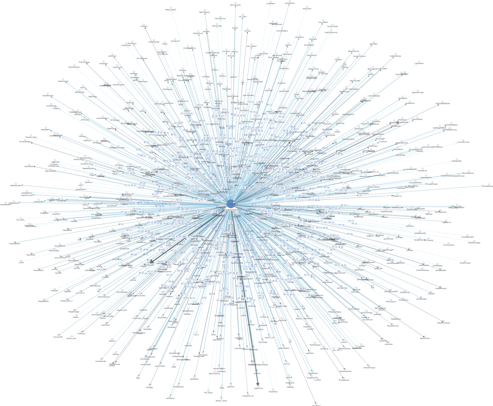

Figure 2: Kaepernick’s Twitter Sociogram (left) and world cloud, October 2019
 (a)
(a) (b)
(b)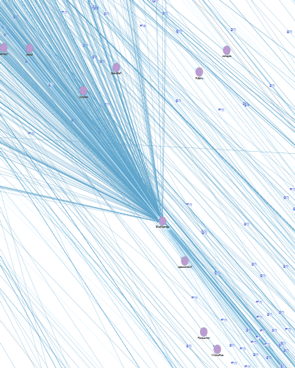 (c)
(c)Figure 3: Nike’s Twitter Sociogram (a) Overall, (b) Constellations, (c) Close-up of a supernode Eliud Kipchoge, October 2019
As social media plays a prominent role in our disseminating information, sharing viewpoints, and contributing content, our world is becoming more transparent. The roles of the company, employees, and consumers are becoming more equal in the communication network. Consumers have grown much more sophisticated and tend to be more skeptical of the company’s intentions. They no longer readily take a statement for its face value. Companies need to align their missions, actions and messages more than ever.
We also explain why companies should not rely on social media, but rather internal culture change, to embrace a social cause. Social media content is only a natural manifestation of the true culture of the company or organization. Focusing on social media and overlooking the internal transformation will only cause long-term damage to brand equity.
To summarize, our findings are the following:

Note: In fact, in a correlation study of the influence measures, we find that the years on Twitter had no statistically significant correlation with the number of favorites or retweets received, whereas the users’ number of favorites, followers, friends and tweets have a statistically positive correlation.
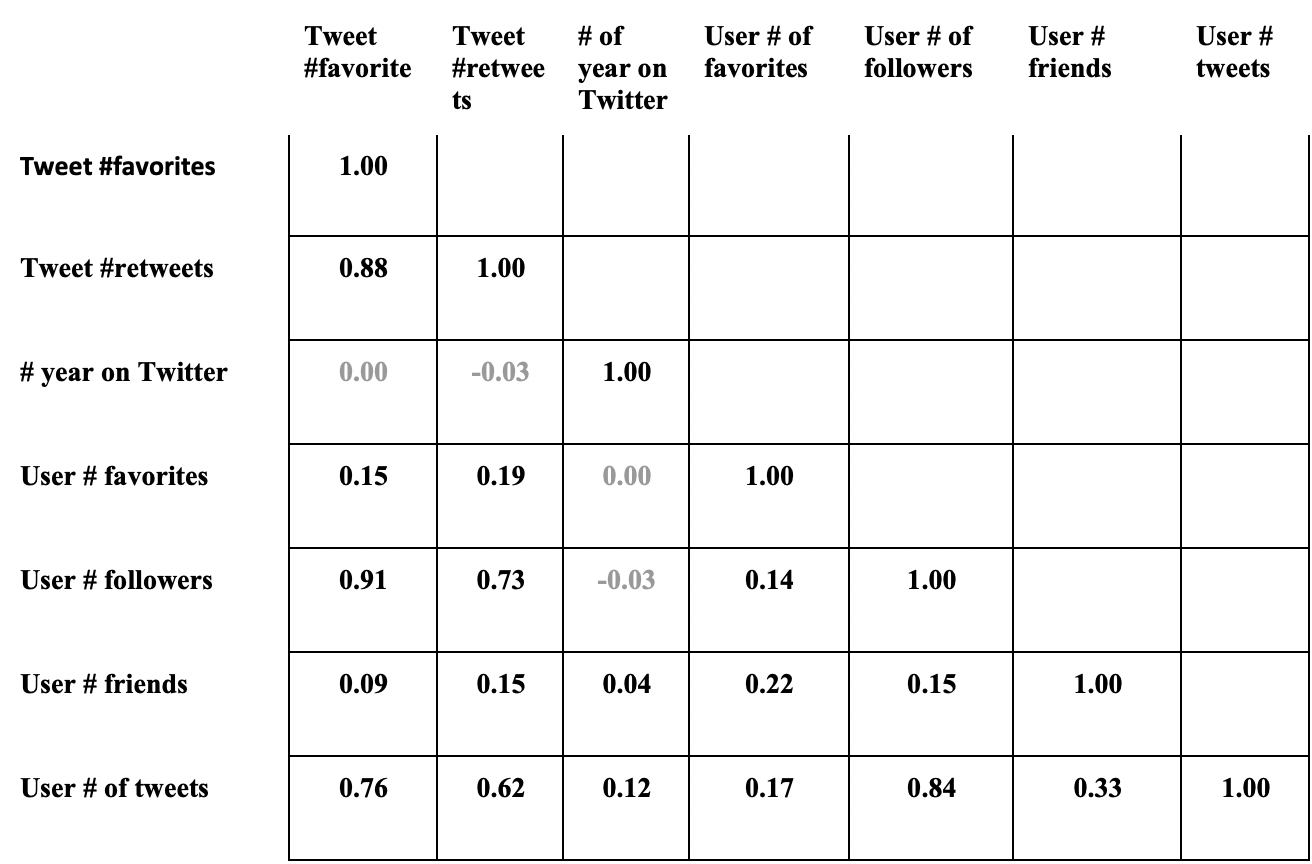
Data: Nike’s Dream Crazy Twitter Data, September 2018
 Spotlight
Sayan Chatterjee
Spotlight
Sayan Chatterjee
 Spotlight
Mohammad Rajib Uddin et al.
Spotlight
Mohammad Rajib Uddin et al.